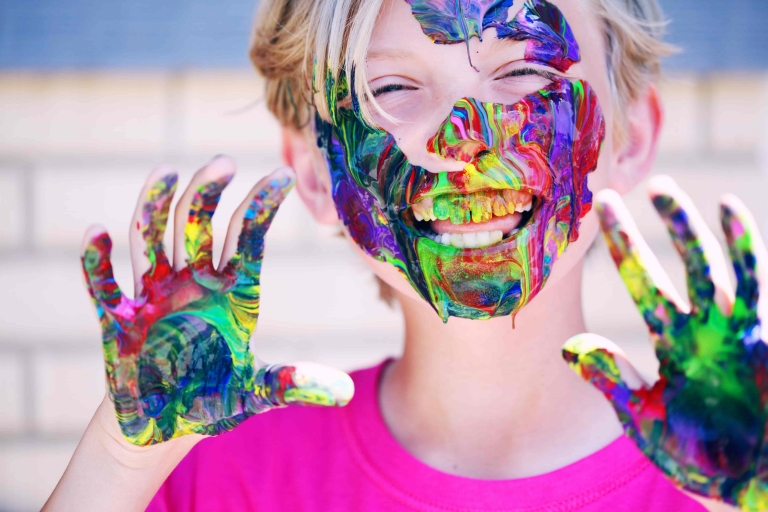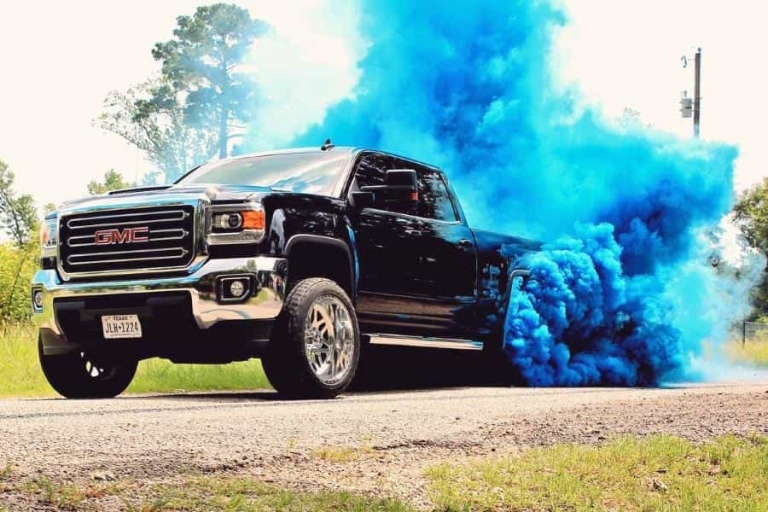
Diwali is one of the most widely celebrated festivals worldwide. What makes it special isn’t just the lights or the sweets — it’s the feeling. It’s the sound of laughter in kitchens, the sparkle in a child’s eyes while lighting diyas, the faint smell of ghee and incense that instantly feels like home.
The first time a child asks, “Why do we light these little lamps?” every parent feels the weight of culture.
Every diya lit and every rangoli drawn becomes more than decoration. It is a way of teaching culture, keeping heritage alive, and creating family moments that children will carry with them for a lifetime.
What is Diwali
Diwali, also known as Deepavali, is the Festival of Lights celebrated by Hindus, Jains, Sikhs, and some Buddhists. Homes glow with diyas (oil lamps), rangoli patterns, fairy lights, and flowers, while families exchange gifts and share sweets with joy.
However, Diwali isn’t celebrated in the same way everywhere. Across India and the world, communities have created their own rituals.
Unique Diwali Traditions
1.West Bengal’s Bhut Chaturdashi – The Night of Spirits
The night before Diwali in Bengal is about shadows. Families celebrate Bhut Chaturdashi (the Night of Spirits) by lighting exactly 14 diyas to guide ancestral souls home and cooking 14 leafy greens (choddo shaak) to ward off evil.
2. Nepal’s Tihar Festiva
In Nepal, Diwali becomes Tihar, a festival that honours animals, family, and divine connection.
Each day is dedicated to a different being:
- Crows, messengers of death.
- Dogs, the guardians of Yama, the god of death.
- Cows, symbols of Lakshmi.
- Bulls, partners in livelihood.
It’s a stunning example of how Diwali’s light extends to all living things.
3. Indonesia’s Hindu-Muslim Fusion
In Bali, Diwali fuses seamlessly with Balinese Hindu traditions — the lamps, prayers, and music blending with local culture. In cities like Jakarta and Medan, communities celebrate Diwali in temples and even mosques, reflecting unity in diversity.
4. USA’s Times Square Spectacle
Across the Atlantic, Diwali has found a new home. In New York’s Times Square, thousands gather for music, food, and lights.
5. Leicester’s Global Recognition
Leicester hosts one of the largest Diwali celebrations outside India, drawing thousands each year for street performances, light shows, and fireworks.
What is the Real Meaning of Diwali
Diwali is about new beginnings, gratitude, and prosperity. Lighting diyas represents removing darkness and inviting positivity.
In the UK, these gestures carry deeper meaning. They become small acts of heritage — teaching children gratitude through cleaning, discipline through preparation, and joy through creation.
Want to make rangoli a family ritual? Start with Rangoli powders, perfect for creating beautiful Diwali rangoli designs!
Why We Celebrate Diwali
Every diya lit in a UK home connects children back to stories their grandparents once knew by heart:
- For Hindus, Diwali marks Lord Rama’s return to Ayodhya after defeating Ravana.
- For Sikhs, it commemorates Guru Hargobind Singh’s release from imprisonment, also known as Bandi Chhor Divas.
- For Jains, it marks Lord Mahavira’s attainment of nirvana.
But across states and religions, the storytelling shifts — weaving mythology, history, and local customs into an endlessly fascinating mosaic.
Fascinating Diwali Rituals from Across India
The Chopda Pujan (Book of Accounts)
In Maharashtra, businesses close their old ledgers and worship new accounting books on Diwali. This ritual is called Chopda Pujan.
The Kajal Ritual
Families keep a ghee diya burning through the night. The next morning, the leftover soot is collected to make kajal (eyeliner). It is believed to bring prosperity and protection.
Goa’s Narakasura Effigy Burning
In Goa, massive effigies of the demon Narakasura — sometimes as tall as buildings — are paraded through the streets and set on fire at dawn. The sight is both terrifying and thrilling, much like the UK’s own Guy Fawkes Night, but rooted in triumph rather than rebellion.
The Gambling Custom
In North India, playing cards during Diwali is considered auspicious, symbolising prosperity for the year ahead. The belief goes that Goddess Parvati played dice with Lord Shiva on this night, blessing those who played with good fortune.
Animal Worship in Maharashtra
On Vasu Baras (celebrated a few days before Diwali), farmers wash, feed, and decorate cows, symbols of wealth and nourishment, recognising them as forms of Lakshmi herself.
What is Choti Diwali
Choti Diwali, or Naraka Chaturdashi, is the day before the main Diwali celebration. It commemorates Lord Krishna’s victory over the demon Narakasura.
It’s perfect for pre‑drawing rangoli outlines, organising the puja space, and prepping sweets.
What is Dev Diwali
Dev Diwali, meaning “Diwali of the Gods,” is celebrated 15 days after Diwali on Kartik Purnima, mainly in Varanasi. Ghats along the Ganges are illuminated with thousands of diyas to welcome the gods.
What is Diwali Food
Diwali food is rich and diverse.
Traditional dishes include:
- Sweets (Mithai): Laddus, barfi, jalebi, kaju katli, etc.
- Savouries: Chivda, chakli, samosas, kachori, mathri, etc.
- Regional specialities: Families often prepare thali-style meals and share them with neighbours and friends.
What Day is Diwali
Diwali follows the Hindu lunisolar calendar and usually falls between October and November.
It lasts five days:
- Dhanteras – Shopping and prayers for prosperity.
- Choti Diwali – Cleansing rituals, first diyas, and sweets.
- Diwali (Deepavali) – Main night with Lakshmi-Ganesh puja, diyas, rangoli, and feasts.
- Govardhan Puja / Annakut – In some regions, honouring Krishna’s Govardhan Hill.
- Bhai Dooj – Celebrating sibling love and protection.
Organising a Diwali event? Let us help you with bulk rangoli powder supplies!
What is Diwali for Kids
For children, Diwali is magical.
The sparkle of diyas, the sweetness of mithai, and the colours of rangoli feel like a festival designed just for them.
Every rangoli drawn together on the floor is a memory in the making.
Drawing patterns on the floor, filling them with vibrant colours, and watching them come alive is an experience children remember for years. Rangoli teaches kids patience, focus, and the idea that beauty comes from effort. More importantly, it’s the perfect family bonding activity during Diwali.
That’s why Festive Colours offers Rangoli Starter Kits. Whether it’s their first rangoli or a yearly family ritual, these colours help parents turn tradition into joy.
Diwali – FAQs
What is Choti Diwali?
Choti Diwali, or Naraka Chaturdashi, is the day before main Diwali, commemorating Krishna’s victory over Narakasura. Families clean homes, light early diyas, and prepare sweets.
What is Dev Diwali?
Dev Diwali is celebrated 15 days after Diwali in Varanasi on Kartik Purnima, where ghats are illuminated to welcome the gods with grand aartis and thousands of diyas.
Why do we celebrate Diwali?
People celebrate Diwali to honour the victory of good over evil, invite prosperity, and start fresh with hope, positivity, and family togetherness.
What is Diwali food?
Traditional Diwali food includes sweets like laddus, barfi, jalebi, kaju katli, and savouries like samosas, chivda, and chakli, often shared with family and neighbours.


